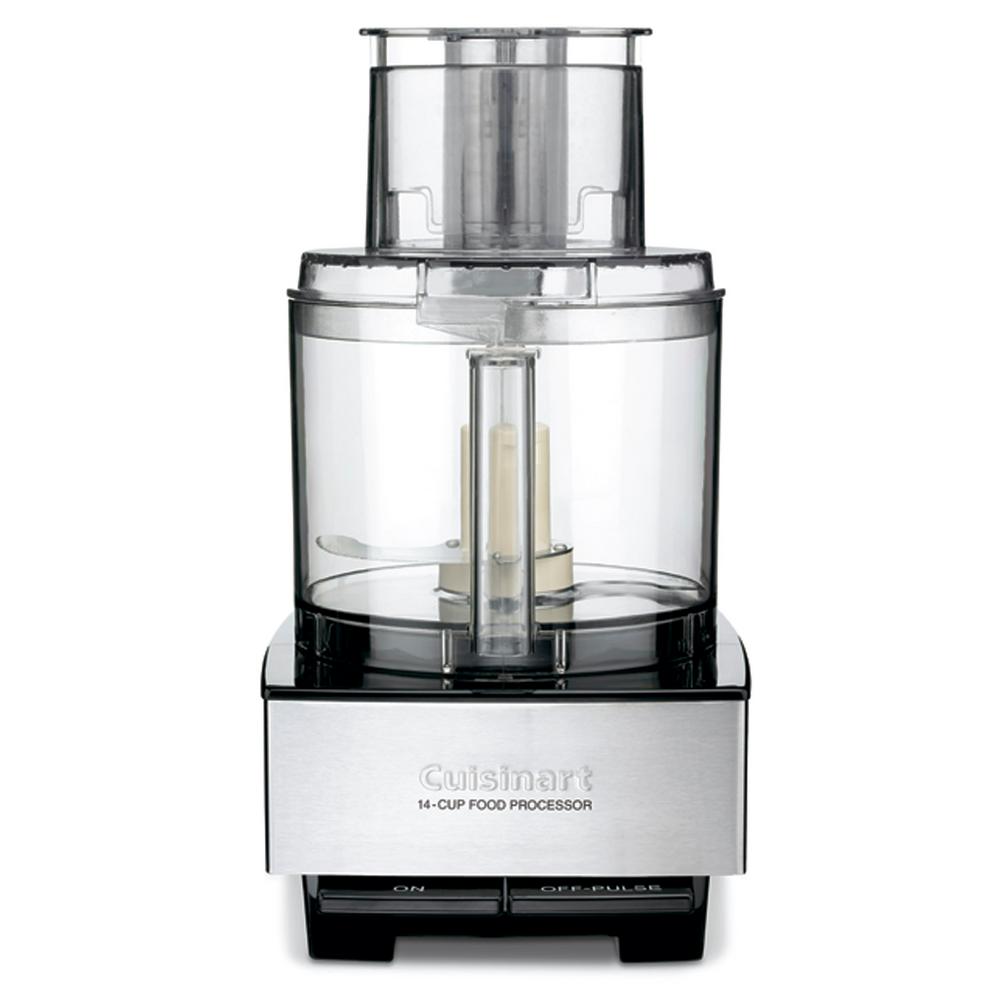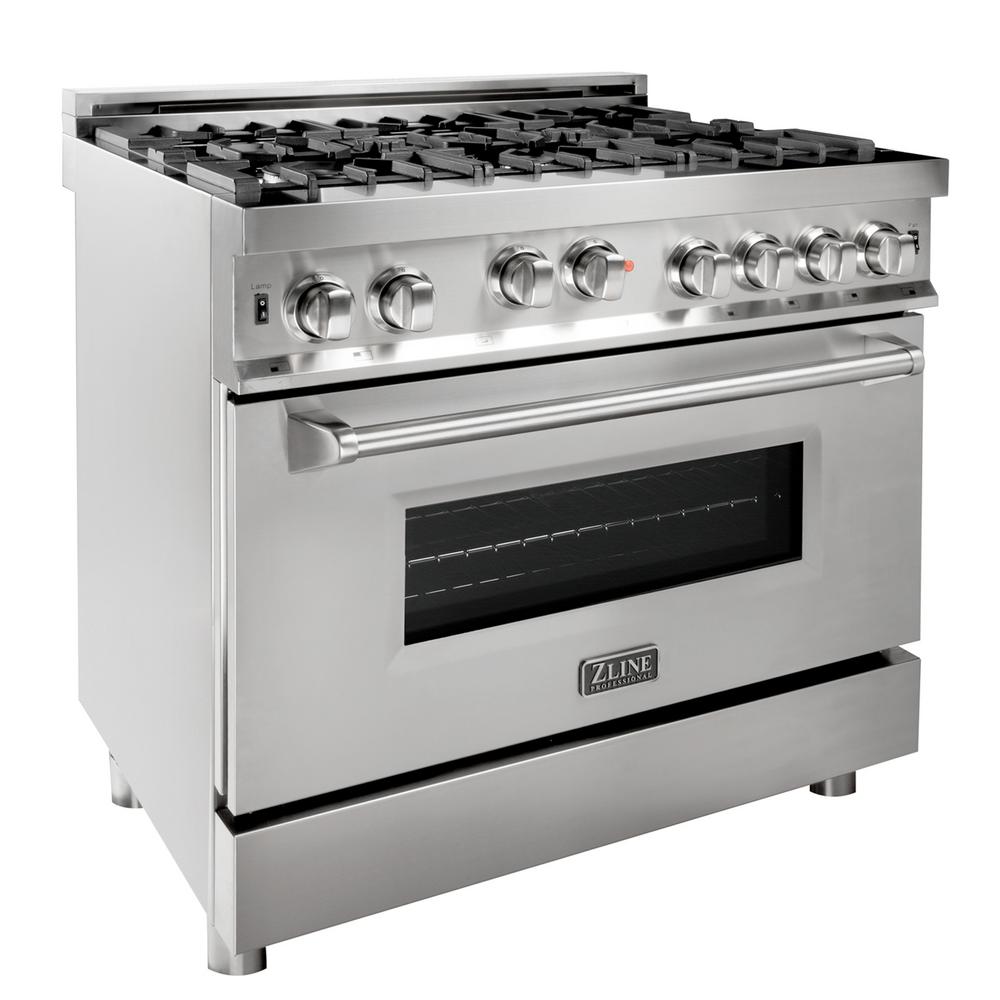Pi Pizza Oven – Wood and Gas Burning | Solo Stove
The pizza oven for everyone. Make wood-fired pizzas that impress, or bake with propane by adding on the gas burner. Pull good moments fresh from the fire with authentic design reinvented for the modern backyard.
Inspired by Tradition
Create new, meaningful moments right in your own backyard with thoughtful, wood-fired design. Inspired by the time-honored traditions of Italian pizza chefs, Pi is the choice pizza oven for any backyard artisan.
Easy to Use
Intuitive design levels the playing field for beginners and enthusiasts. Enjoy a relaxed approach to the timeless craft of pizza making, optimized for heat distribution and minimal heat loss– because you’ll want to bake longer with less fuel and better results
Dual Fuel
Dual Fuel capability is about combining authenticity and modern convenience without compromise. Pi can entertain a refined palate with wood-fired flavor or indulge a quick weeknight splurge with the convenience of propane-fueled flames. Readily adapt to propane fuel with the ultimate Pi accessory, Gas Burner
Well-Rounded
Stone-baked pies beat oven-rack pizza every time, especially with set-up that’s just as quick and crust that’s twice as crisp. It all starts with the Demi-Dome construction and Panoramic Opening that makes maneuvering, launching pizzas, and fueling your fire as simple as setting the table. Ease of access makes incredible pizza an everyday possibility
Long-Lasting
Make a new tradition and trust Pi’s durable stainless steel features to carry your good moments into lasting memories. Solo Stove Pi has a lifetime warranty because well-made pizza comes from a well-made oven
Solo Stove Pi Collection
The Solo Stove Pi Collection celebrates aspiring artisans in the pursuit of perfect pizza. Launch with the smooth Bamboo Peel, pull with the sturdy Steel Peel, or master perfect temping with the IR thermometer. Get started with the bare essentials or add depth to your experience with something more
Additional information
| Diameter | 20.5in, 52.07 cm |
|---|---|
| Height | 15.125in, 38.42 cm |
| Weight | 30.5lbs, 13.83 kg |
| Stone Thickness | 13mm |
| Materials | Stainless Steel |






Reviews
There are no reviews yet.